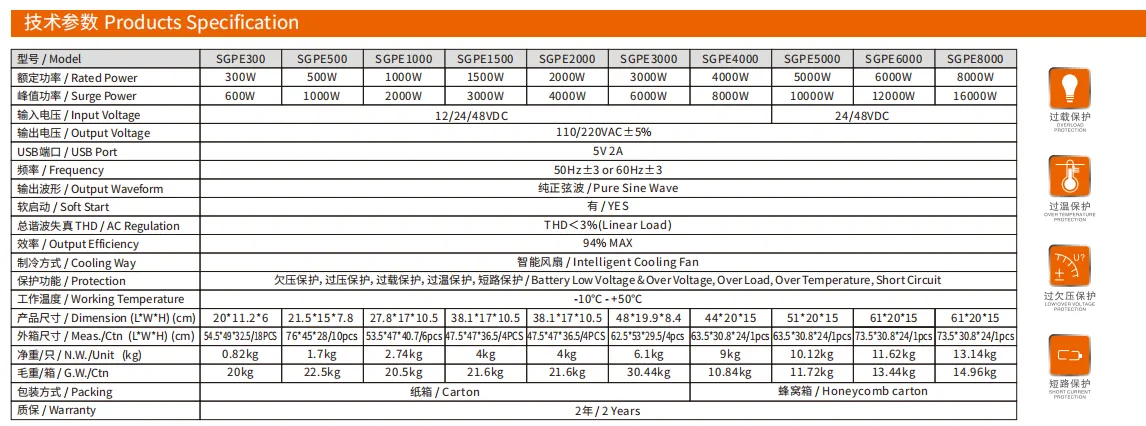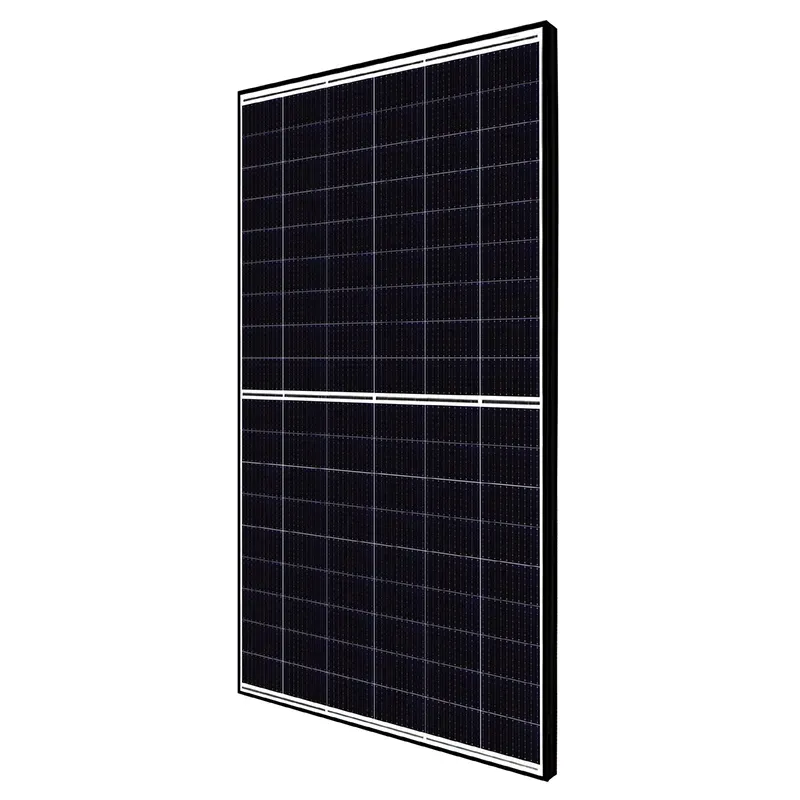High-Efficiency Mono Solar Panels Bifacial & N-Type Technology
- Introduction to Mono Solar Panel Technology
- Technical Advantages Over Polycrystalline Panels
- Performance Metrics: Efficiency & Durability
- Manufacturer Comparison: Key Specifications
- Custom Solutions for Residential & Commercial Use
- Real-World Applications: Case Studies
- Future Trends in Mono Solar Panel Innovation

(mono solar panel)
Understanding Mono Solar Panel Efficiency and Design
Mono solar panels, recognized for their high energy conversion rates, utilize single-crystal silicon to achieve efficiencies between 19-23%. This technology outperforms polycrystalline alternatives by 3-5% under standard test conditions (STC). Bifacial mono solar panel
s further enhance output by capturing reflected light, boosting energy yield by up to 30% in optimal environments. The mono perc bifacial N-type solar panel variant combines passivated emitter rear contact (PERC) and N-type silicon, achieving 24.5% laboratory efficiency with reduced light-induced degradation (LID) below 1% annually.
Technical Superiority in Energy Harvesting
Key performance differentiators include:
- Temperature coefficients of -0.29%/°C vs. polycrystalline's -0.39%/°C
- 25-year linear power output warranties maintaining ≥85% efficiency
- Bifacial gain factors ranging 8-25% depending on surface albedo
Advanced encapsulation materials enable 0.5% annual degradation rates, compared to industry-standard 0.7% for conventional panels.
Manufacturer Benchmark Analysis
| Brand | Model | Efficiency | Power Output | Bifacial Gain | Warranty |
|---|---|---|---|---|---|
| Jinko | Tiger Neo N-type | 22.3% | 620W | 20% | 30 years |
| LONGi | Hi-MO 6 | 23.2% | 605W | 15-25% | 25 years |
| Canadian Solar | HiHero | 22.8% | 420W | 10-18% | 25 years |
Tailored Deployment Configurations
Commercial installations typically utilize 144-cell bifacial modules (450-670W) with tracker systems, achieving 1,600 kWh/kWp annual generation in sunbelt regions. Residential applications favor 108-cell lightweight designs (370-410W) with microinverters, optimized for rooftop angle variations. Industrial solar farms deploy N-type TOPCon modules with 30% reduced land use per MW compared to PERC alternatives.
Operational Success Stories
A 12MW Texas solar farm achieved 1.82 kWh/W/year yield using bifacial mono panels on single-axis trackers, outperforming initial projections by 14%. In Scandinavian climates, N-type modules demonstrated 92% winter performance retention versus 84% for standard PERC units.
Mono Solar Panel Evolution and Market Outlook
Recent advancements in TOPCon (Tunnel Oxide Passivated Contact) and HJT (Heterojunction) architectures promise 26% commercial efficiencies by 2025. The global market for mono perc bifacial solar panels is projected to grow at 18.7% CAGR through 2030, driven by 40% reduction in LCOE (Levelized Cost of Energy) compared to 2020 benchmarks. Emerging applications in agrivoltaics and floating PV systems further expand deployment scenarios for mono crystalline technologies.

(mono solar panel)
FAQS on mono solar panel
Q: What is a mono solar panel?
A: A mono solar panel uses monocrystalline silicon cells for higher efficiency and longevity. It performs better in low-light conditions compared to polycrystalline panels. Its uniform black appearance makes it popular for residential installations.Q: How does a bifacial mono solar panel work?
A: Bifacial mono solar panels generate power from both sides by capturing reflected sunlight. They require elevated mounting to maximize rear-side light absorption. This design increases energy output by up to 30% compared to monofacial panels.Q: What advantages do mono PERC bifacial N-type solar panels offer?
A: These panels combine PERC (Passivated Emitter Rear Cell) technology with N-type silicon for reduced electron degradation. The bifacial design adds dual-side energy generation. They deliver superior efficiency and durability in high-temperature environments.Q: Are mono solar panels suitable for commercial projects?
A: Yes, mono solar panels are ideal for commercial use due to their space-efficient high output. Bifacial variants perform exceptionally well in large-scale installations with reflective surfaces. Their long lifespan ensures better ROI for commercial applications.Q: How to maintain mono perc bifacial N-type solar panels?
A: Regular cleaning of both panel surfaces ensures optimal performance. Avoid shading and inspect mounting structures annually. Their anti-LID (Light-Induced Degradation) design minimizes maintenance requirements over time.-
Smarter Solar: Why Bifacial Panels Are the FutureNewsMay.14,2025
-
Smarter Solar Starts with MicroinvertersNewsMay.14,2025
-
Revolutionary Solar Solutions - Powering Your Future SustainablyNewsMay.14,2025
-
Power Smarter: The Heart of Your Solar SystemNewsMay.14,2025
-
Power More with Growatt String InvertersNewsMay.14,2025
-
Power Freedom with Off-Grid Solar InvertersNewsMay.14,2025







